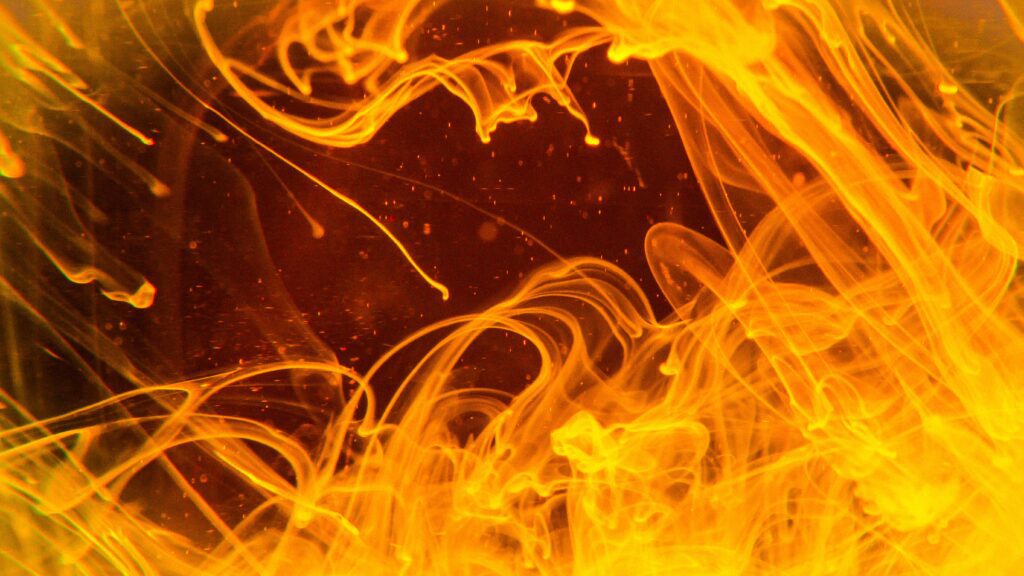We strive to provide you with authoritative, trustworthy, and expert advice. In doing so, the staff at bbqdropout.com performs extensive research, editing, and fact checking to every post on this webiste. If you feel that this article can improve, please feel free to reach us at staff@bbqdropout.com
Before continuing this article, I wanted to let you know that I have a YouTube channel where I showcase all sorts of video content related to BBQ. Subscribing would mean a lot to me, and I very much appreicate all the support!
Pork shoulder losing temp
The most important part of determining doneness in barbecue is the internal temperature.
An entire industry has been created and thrived around the need to quickly check temperatures on steaks and monitor temps over the length of a long cook, like with a pork shoulder.
If your pork shoulder’s internal temperature has been slowly but steadily increasing and then you notice the climb has stopped or dropped, panic can set in.

Why did it drop in temperature? Why do pork shoulders sometimes get stuck at 190 degrees?
What is the stall, and what can you do about it? Can you increase the temperature in your smoker when you’re supposed to go low-and-slow?
Should you wrap your pork shoulder up in aluminum foil or butcher paper? Or should you just soldier on and let the pork shoulder get through the stall on its own?
Why does pork shoulder lose its temperature?
Pork shoulders stall and even lose temperature due to moisture evaporation, much like how we sweat. When moisture evaporates from the surface of the pork shoulder, it cools the meat down.

Not only can the cooling effect counteract the heat of the smoker enough to stall the cooking process, but it can also even overpower the heat enough to drop the internal temperature of the pork shoulder.
Pork shoulder stuck at 190
It is quite common to see pork shoulders get stuck between 150-165 degrees Fahrenheit, but it occasionally happens at 190 degrees as well.
It occurs for the same reason the stall happens at the lower temperature, but it is largely dependent on the size of the pork shoulder, how much moisture it has, and even its overall shape.
All of those factors can contribute to issues around 190 degrees.
The pork shoulder stall
The infamous pork shoulder stall is quite common at around 150-165 degrees and can inspire alarm in unprepared backyard cooks.
As your pork shoulder cooks, it releases moisture from inside to the surface of the meat.
Early on in the cooking process, this does not have a serious effect. However, the evaporation process will eventually counteract the amount of heat in the smoker when cooking at lower temperatures.
Until the moisture completely evaporates from the surface of the meat, the temperature will not increase and can even decrease.
What can you do about pork shoulders losing internal temperature?
Thankfully, you can help your pork shoulder work through the almost-inevitable stall.
You can increase the temperature in your smoker to increase the heat in the cooking chamber. Many pitmasters will wrap their pork shoulder in either aluminum foil or butcher paper.

Or if you are not in a rush, you can simply keep your smoker running at the same temperature and leave the pork shoulder to ride out the stall.
Increasing the smoker’s temperature
You can increase the temperature of your smoker to around 300 degrees to help shorten the length of the stall.
Higher temperatures will cause the evaporation process to happen quicker. However, cooking at a higher temperature can dry the meat out, so you need to be careful about attempting this method.
Wrapping the pork shoulder in foil or butcher paper
This is a much more common method to help get through the stall because wrapping the meat tightly prevents evaporation.
Some refer to wrapping meat as the Texas Crutch. Regardless of what you call it, wrapping your pork shoulder when it hits the stall in either foil or butcher paper will help the meat cook faster since there is nowhere for moisture to go.
Some pitmasters will use butcher paper because it can help retain a crisper bark.
Wrapping in aluminum foil will essentially steam the pork shoulder, resulting in the bark that is moist and lacking a crunch.
Let it ride until it pushes past the stall.
If you and the people you are serving food to are patient, you can choose to simply wait for the stall to end.
Eventually, enough moisture will evaporate off the surface of the pork shoulder and it will resume cooking as normal. Going with this method will ensure the crunchiest bark, but you need to be patient.
The stall can last for hours depending on how much moisture needs to evaporate.
Some pitmasters swear by this method as well.
You just need to remember to account for the stall when you decide to start your pork shoulder so it will be done with plenty of time to rest before serving.
Final Thoughts
The first time you experience the stall when smoking a pork shoulder can be alarming.
Even if you are prepared for the stall, watching the temperature drop or encountering a stall at 190 degrees can further inspire panic.
However, stalls are to be expected and are caused by moisture evaporating from the surface of the pork shoulder. You can speed the process up by increasing the temperature of the smoker as long as you are careful not to dry the meat out.
You can also wrap your pork shoulder in aluminum foil or butcher paper.
Or you could simply be patient and keep the temperature of your smoker running consistently. Regardless of your choice, as long as you do it carefully, you will get through the stall and produce some great pork.
Robert is a certified Pitmaster, with over a decade of experience in smoking the best meats you’ll ever feast upon. He also has a Bachelor of Business Administration from the University of Texas at San Antonio. When he’s not researching technical topics, he’s most likely barbecuing in his backyard.
